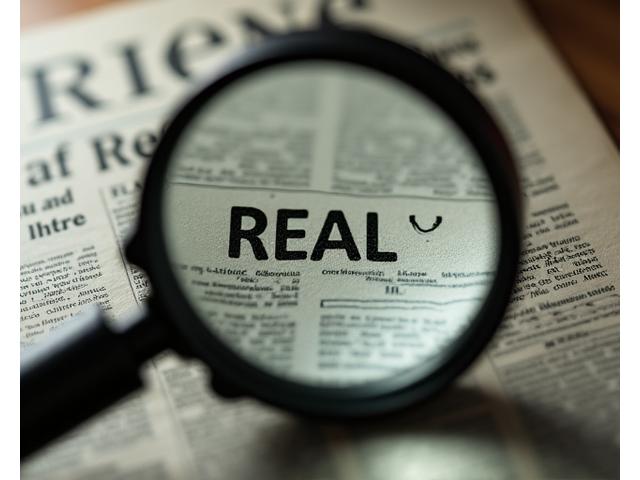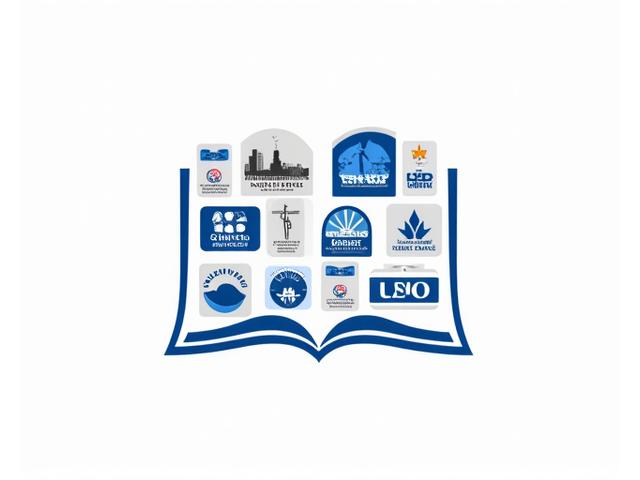Unmasking Common Misinformation Tactics
Misinformation often employs subtle, sometimes sophisticated, tactics to deceive. From emotionally charged headlines designed to provoke an immediate reaction, to cleverly edited images taken out of context, understanding these manipulation techniques is the first step in defence.
- Recognise Clickbait: Headlines designed purely to generate clicks, often using sensational language and omitting crucial details.
- Verify Visuals: Images and videos can be manipulated or used in misleading contexts. A reverse image search is a powerful tool.
- Check the Source: Is the publisher reputable? Do they have a clear editorial policy? Look beyond the initial share.
- Examine the Date: Old news can be recirculated as current events, causing confusion.
Our expert-developed framework provides clear steps to help you identify red flags in headlines, story presentation, and source credibility. We provide real-world examples of debunked stories and explain precisely how fact-checkers identified the deceit.
Take the Fake News Quiz



